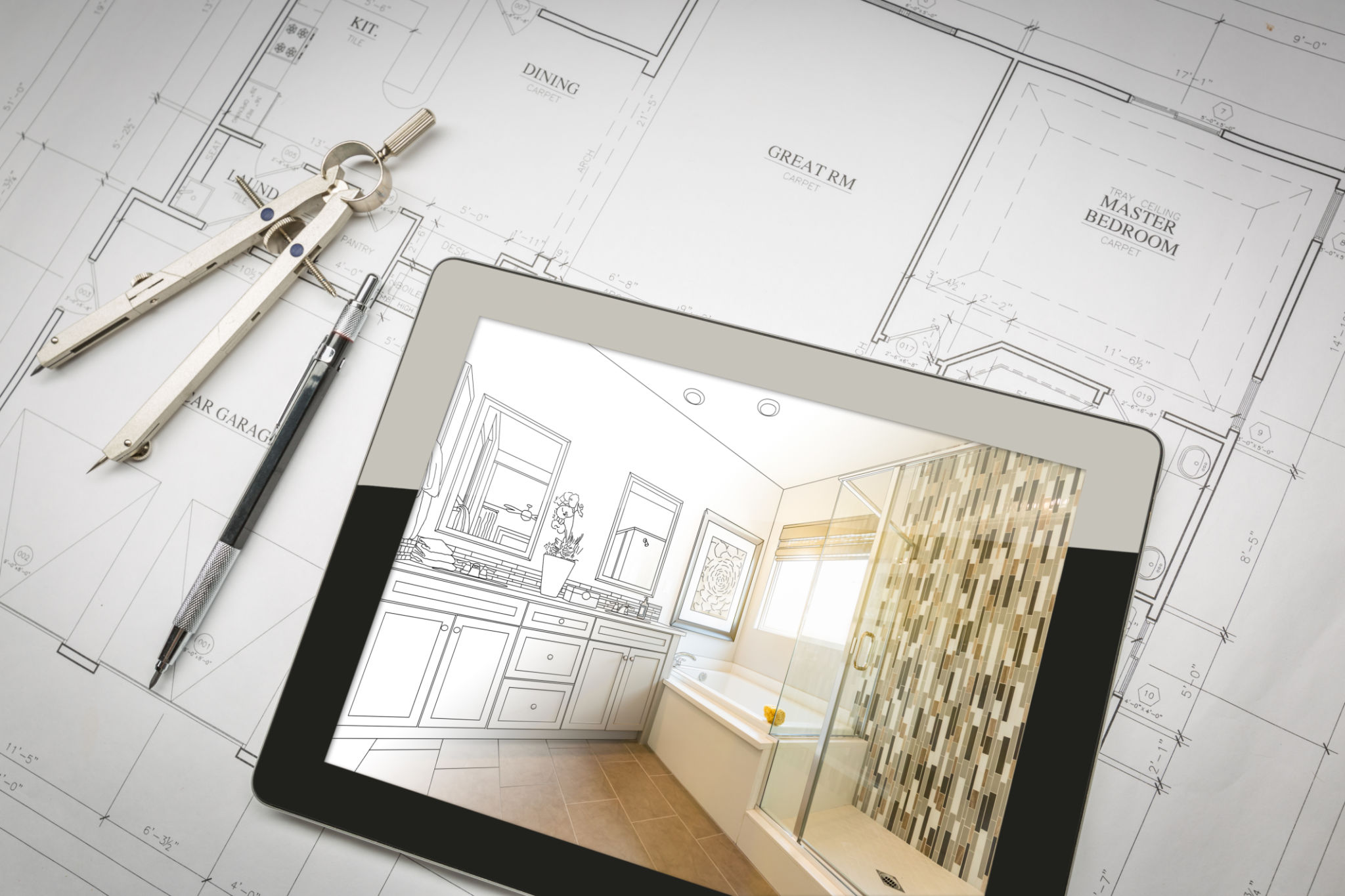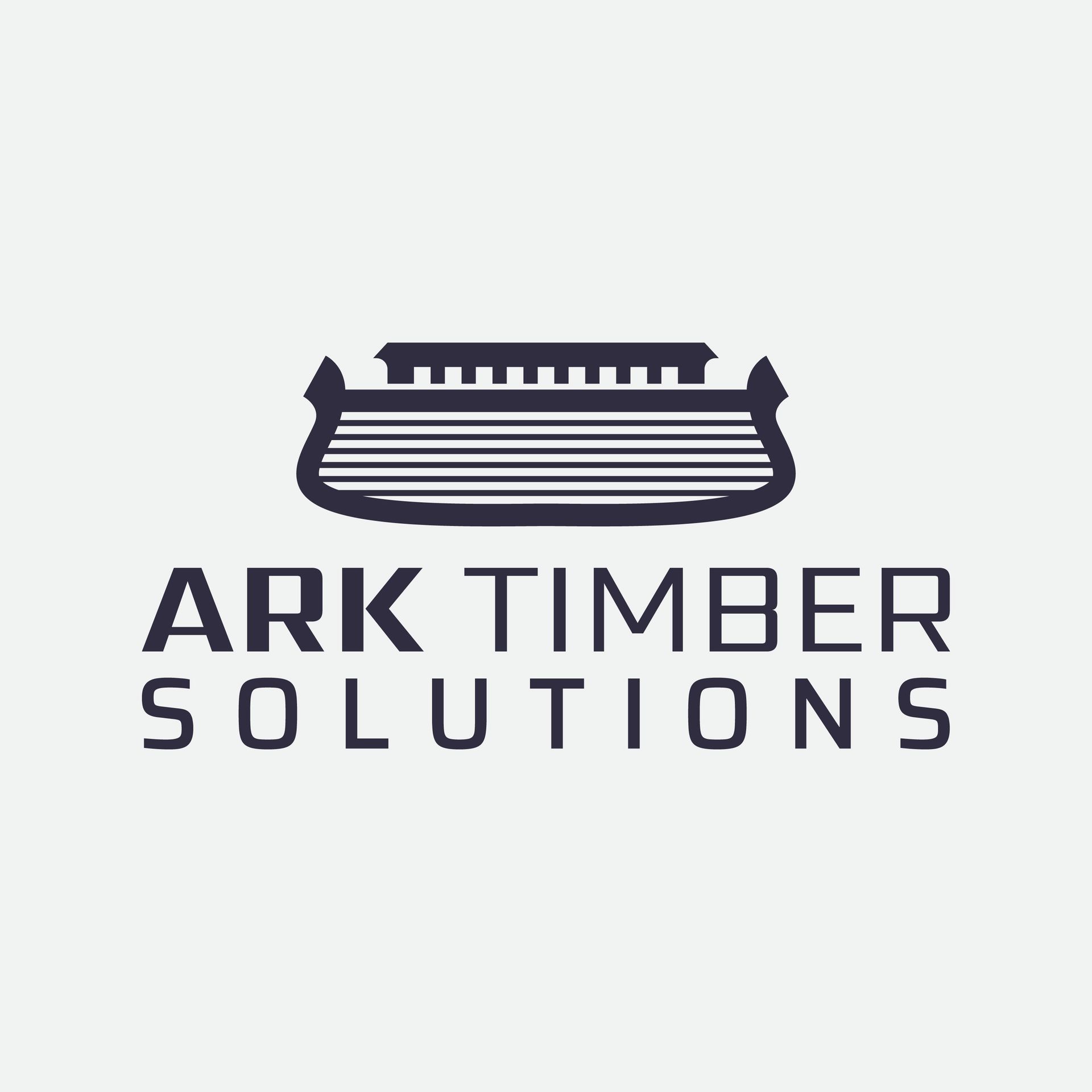A Comprehensive Guide to Timber Frame Extensions
Understanding Timber Frame Extensions
Timber frame extensions are becoming increasingly popular due to their sustainability, aesthetic appeal, and efficiency. These extensions use a wooden structure to create additional space, providing an eco-friendly alternative to traditional building methods. If you're considering a timber frame extension, this guide will help you understand the benefits and considerations involved.

Benefits of Timber Frame Extensions
One of the primary benefits of timber frame extensions is their environmental friendliness. Timber is a renewable resource, and when sourced responsibly, it has a lower carbon footprint compared to steel or concrete. Additionally, timber frames offer excellent insulation properties, which can lead to reduced energy costs.
Another advantage is the speed of construction. Timber frames can be prefabricated off-site, allowing for quicker assembly once delivered. This efficiency can significantly reduce the overall construction time, minimizing disruption to your daily life.
Design Flexibility
Timber frame extensions offer remarkable design flexibility. The material's strength allows for open-plan spaces and large windows, enhancing natural light and creating a sense of spaciousness. Whether you prefer a modern or traditional aesthetic, timber can be customized to suit your style.

Considerations Before Building
Before embarking on a timber frame extension project, it's essential to consider several factors. First, ensure that you have the appropriate permissions. Planning regulations vary by location, and it's crucial to comply with all legal requirements before starting construction.
It's also important to consider the existing structure of your home and how the extension will integrate with it. Consulting with an architect or structural engineer can help ensure that the new addition complements your current property both structurally and aesthetically.

Choosing the Right Materials
When it comes to timber frame construction, selecting high-quality materials is crucial for longevity and performance. Opt for treated wood that resists pests and decay, and ensure that all materials are sourced from sustainable suppliers. This not only guarantees durability but also supports sustainable forestry practices.
The Construction Process
The process of building a timber frame extension typically involves several key steps:
- Design and Planning: Collaborate with architects to finalize designs and secure necessary permits.
- Manufacturing: The timber frame is prefabricated off-site, ensuring precision and quality control.
- Assembly: The frame is delivered and erected on-site, followed by roofing and external finishes.
- Internal Works: Insulation, utilities, and interior finishes are completed to finalize the extension.
Maintenance and Longevity
Timber frame extensions are known for their durability; however, regular maintenance is essential to preserve their condition. Periodic checks for signs of moisture or pest intrusion can prevent potential issues. Additionally, treating the wood with protective finishes can enhance its longevity, ensuring your extension remains beautiful for years to come.
In conclusion, a timber frame extension offers an effective way to expand your living space while embracing sustainability. With careful planning and consideration of materials, design, and maintenance, your new addition can enhance both your property's value and your quality of life.
